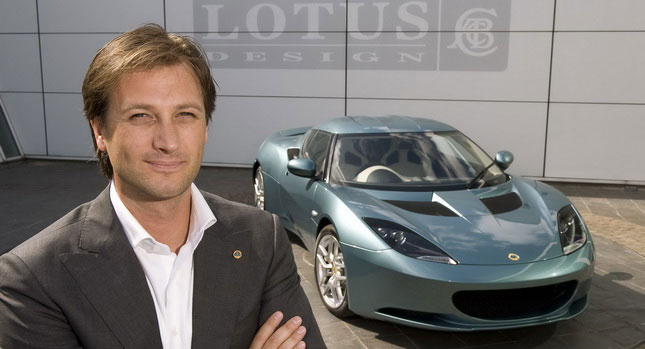For the past couple of months, there were rumors circulating that Proton wanted to get rid of its loss-making Lotus unit selling it to either Genii Capital or SAIC. Then, on January 16, the Malaysian carmaker announced that DRB-Hicom had acquired the government’s 42.7 percent stake in the company.
Analysts hailed this movement as a win-win situation for both parties. They obviously didn’t factor in Lotus CEO Danny Bahar who, according to a report from The Sunday Times citing unnamed sources, is looking for a partner to join him in bidding for a buy-out of the British automaker.
The problem is that it’s not as simple as finding the cash, handing it over and taking the keys to the company. First of all, Lotus, which recorded a £20 million (US$) in 2011, had secured £10 million in government financing for creating a new engineering center at Hethel.
It was not a done deal, though, as any serious change in Proton (like, for example, selling 42.7 of its shares) meant that the government would reexamine the allocation of the funds.
Even before the transaction, Proton had laid out a very ambitious plan for Lotus that included no less than five new models. The Malaysian company’s new owner, DRB-Hicom, will naturally review all plans and activities that concern Lotus.
The problem becomes more complicated when you consider the fact that the Lotus-Renault Formula 1 team is owned by Genii Capital, one of the original suitors of Lotus, which may still be willing to make a bid.
PHOTO GALLERY




















